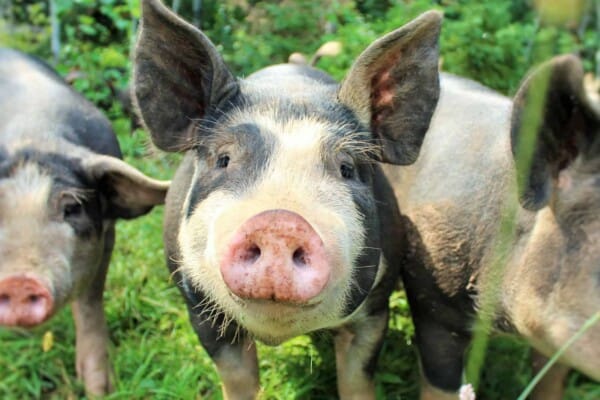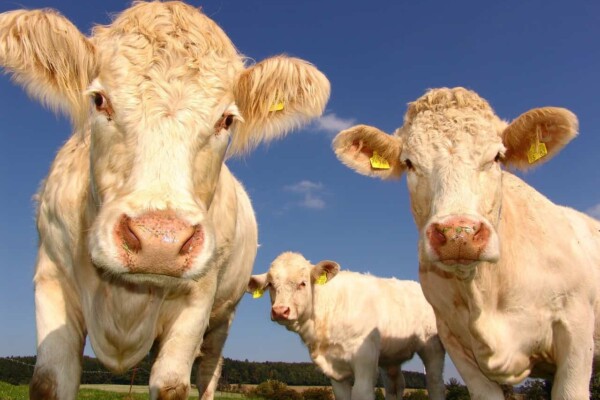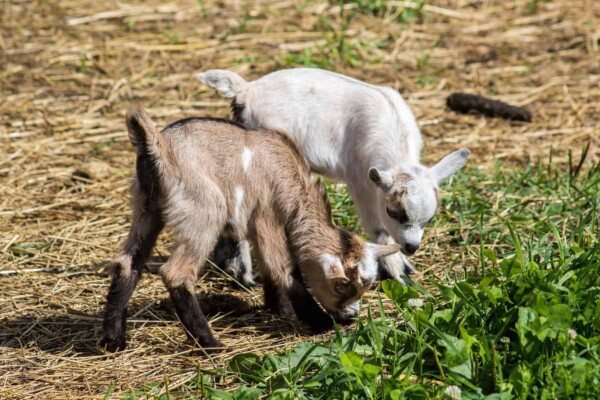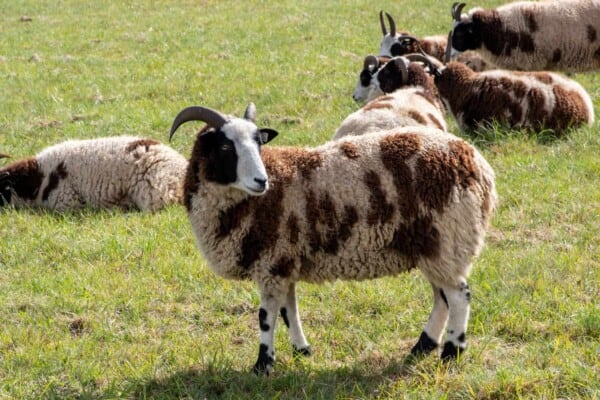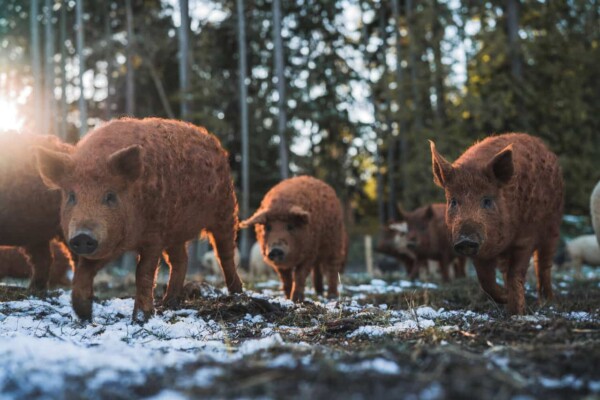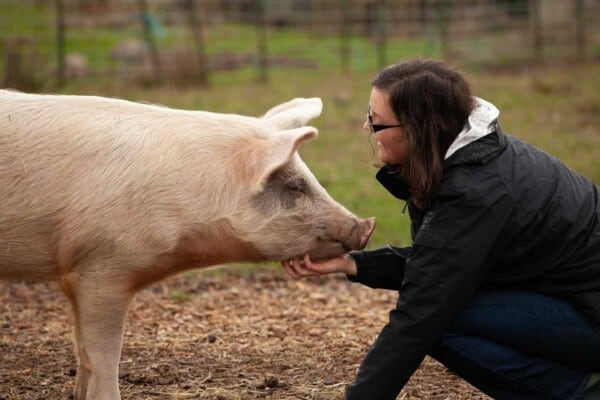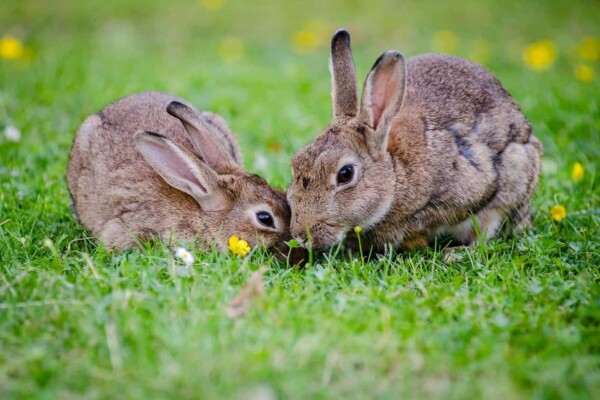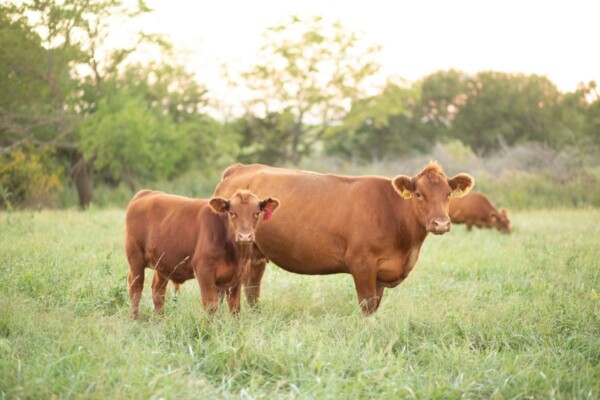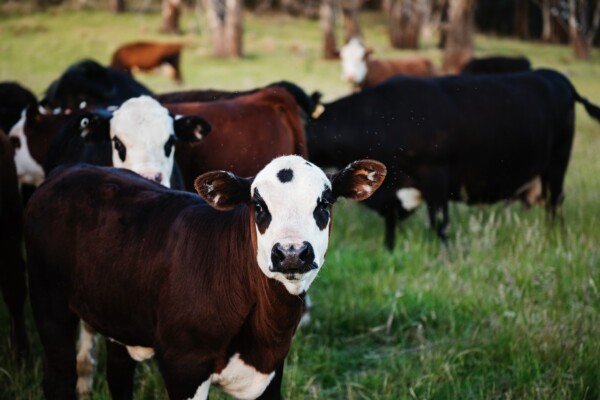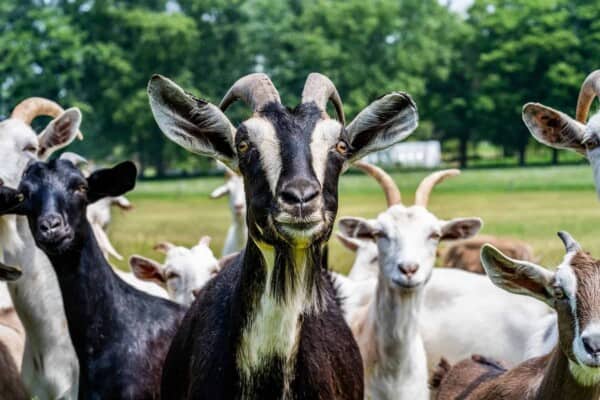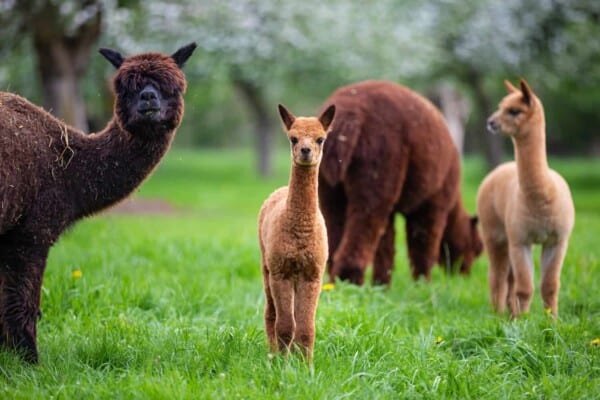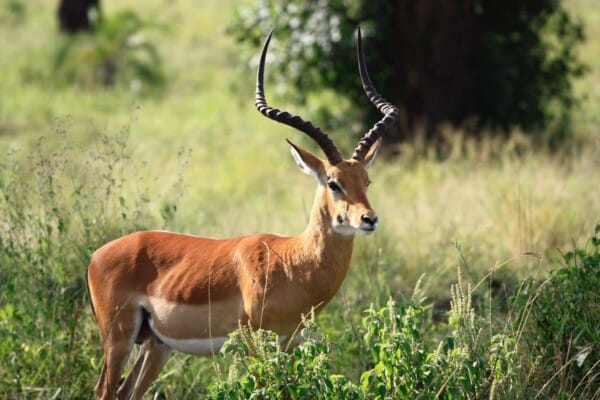Holstein Friesian cows are a breed of large dairy cattle that is believed to originate from northern Holland and Friesland. When they were first bred, they quickly garnered a lot of attention due to how much milk they could produce.
It wasn’t long before they started to be shipped all around the globe either, increasing their popularity even further on.
They became so popular in fact that nowadays, if you ask anyone to picture a cow grazing in their mind, chances are that the first image to pop up in their head will always be that of a Holstein cow.
Their signature black and white spotted coat is pretty much known as the most widespread representation of dairy farming around the world right now.
They may originate from the Netherlands, but nowadays you can find them pretty much anywhere around the globe.
But, that’s not all there is to this beautiful and idyllic cattle breed. So, embark on this journey with us as we go over everything there is to know about the Holstein Friesian breed, starting off with the following:
The Origins and History
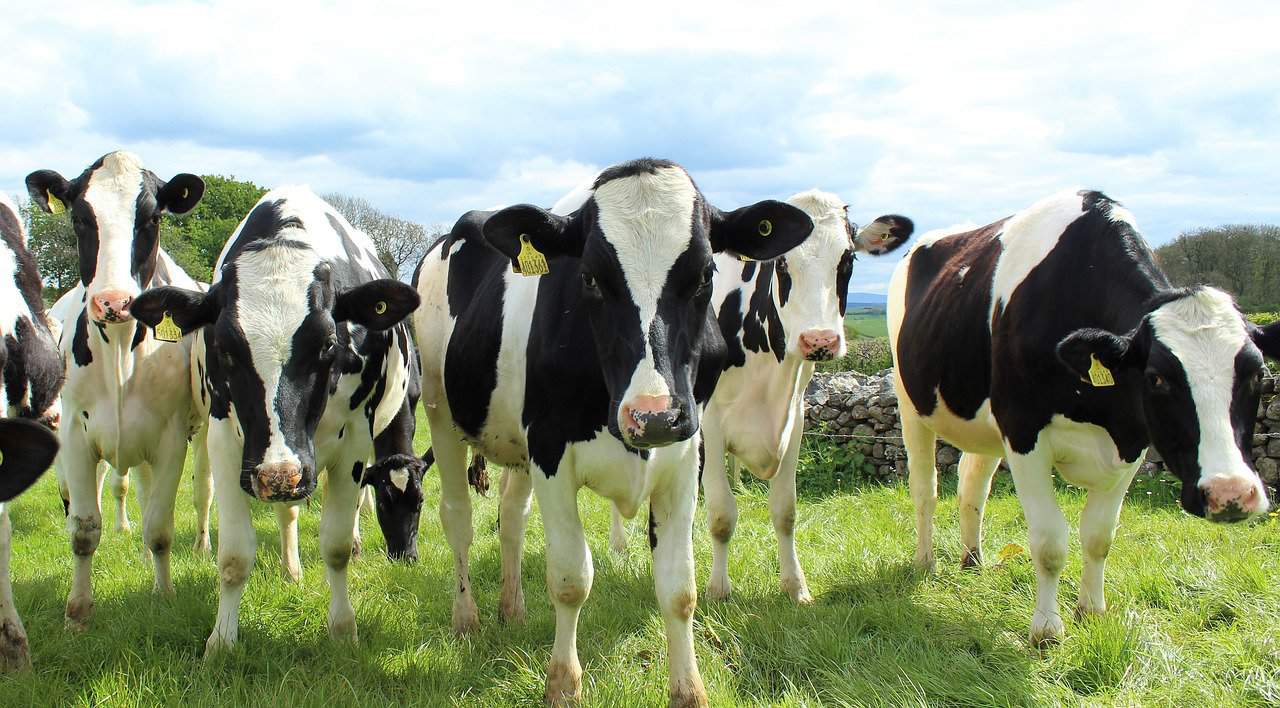
As mentioned previously, the Holstein breed is believed to have originated in Europe as far back as 2,000 years ago.
They’ve first sprung up around what is now the Netherlands, or more specifically around the northern provinces of Friesland and North Holland.
Their signature black and white spotted bodies were actually pure black or white back then and they were all a part of the Batavians and Friesians.
These were the original migrant settlers of the area that finally decided to make camp around the Rhine Delta region.
They lived there for many years after this point, and as such they needed a good dairy cattle to live off of. This is where the Holstein cow came in.
The Holsteins were originally bred and culled in order to obtain animals that could make use of the grass in the area. That is because there was a lot of it around and there weren’t a lot of animals that could make use of it.
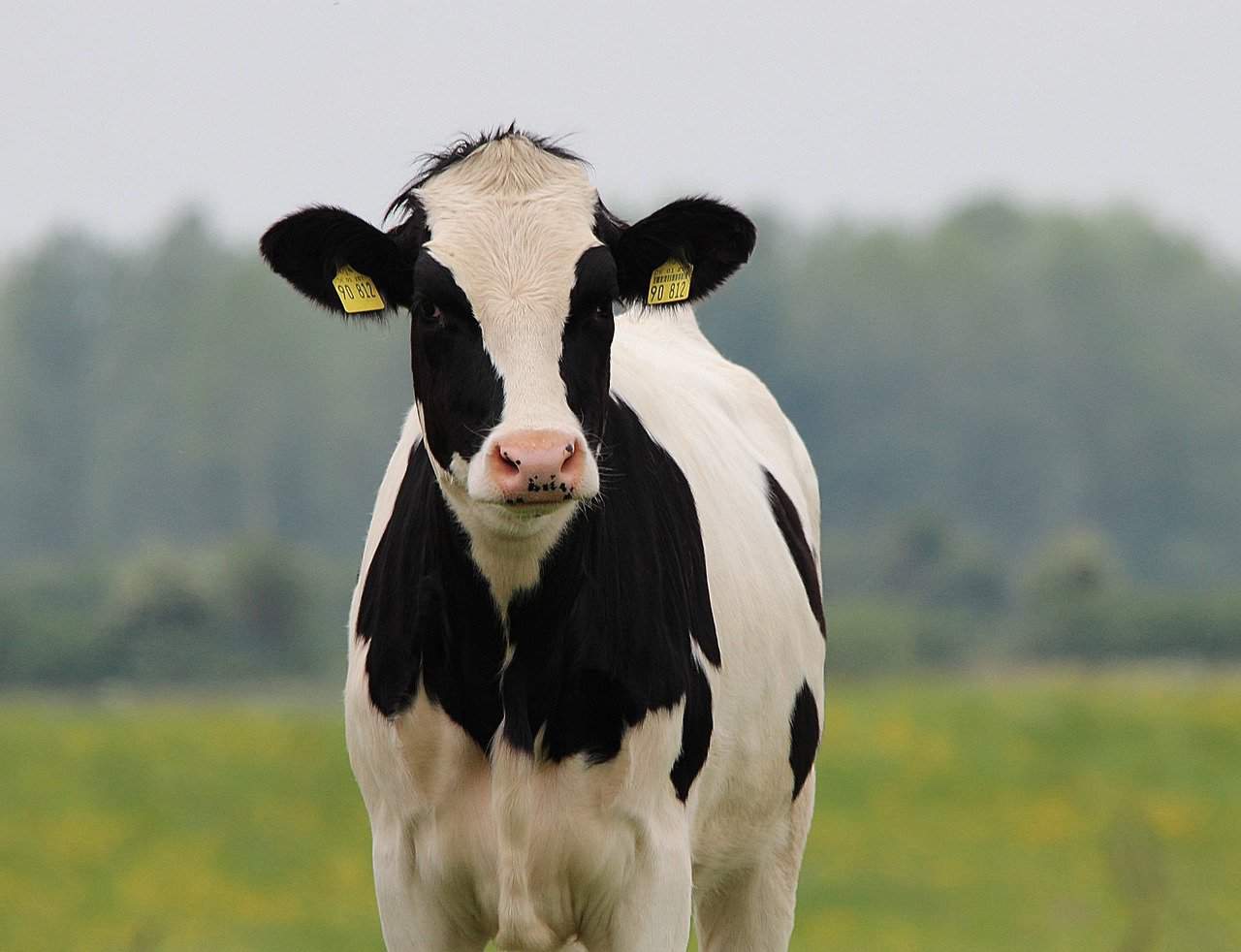
After a couple of years of trial and error, the original settlers had finally managed to create a highly-efficient and highly-producing black-and-white dairy cow.
While this special cow breed has changed a lot over the years, its signature black and white speckled body is still by far its most recognizable characteristic.
Interestingly enough, the breed started to gain a lot of traction back in the day, only for all exports to be stopped when they realized just how many disease problems they started to carry.
Nowadays it’s a whole different story though as Holstein Friesians are considered to be the world’s highest-producing dairy animals, making them very sought-after around the world.
Holstein Cattle Characteristics
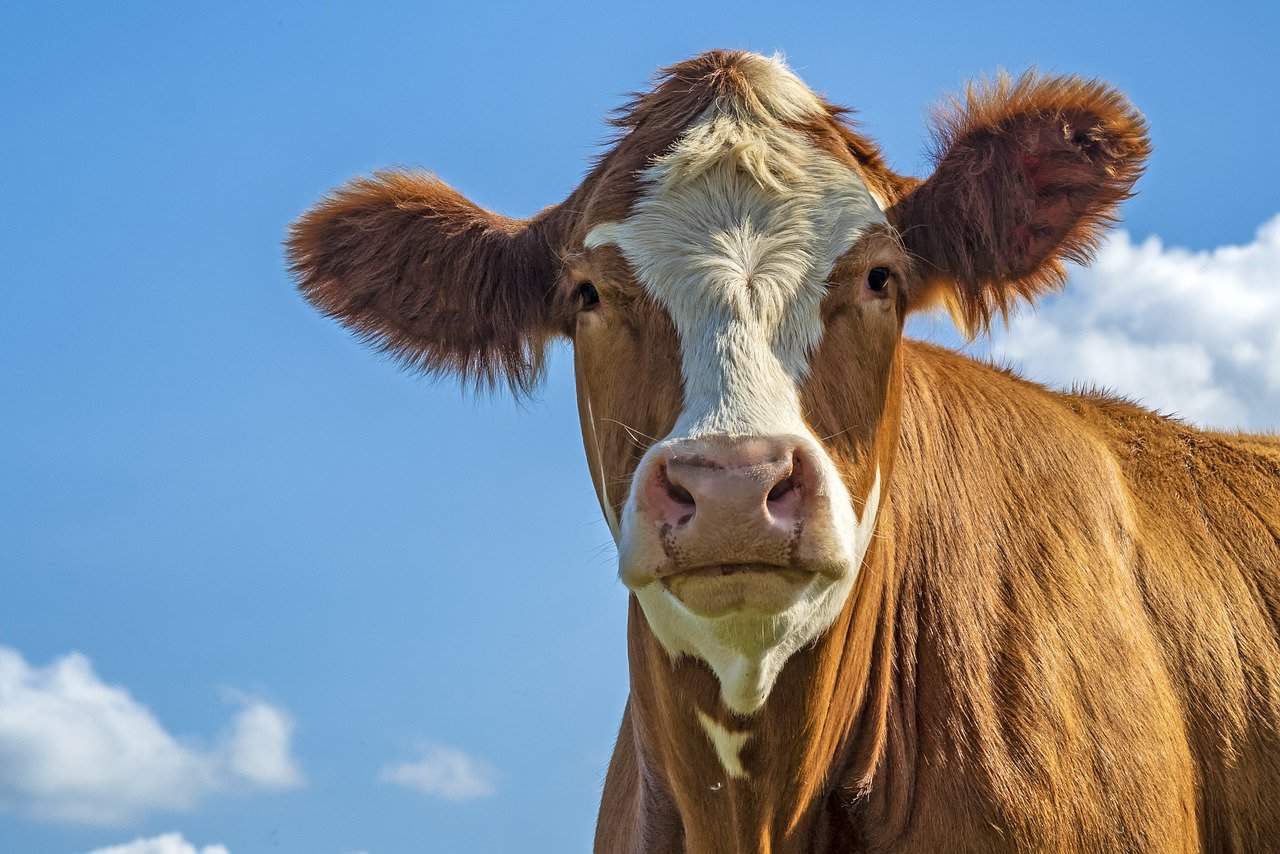
Holsteins are instantly recognizable based on their distinctive color markings. As mentioned previously, these markings have become a staple of the dairy community, to the point where they are the most easily recognizable markings in the industry.
On top of that though, the Holstein cow breed is also known for its outstanding milk production, as they are practically unmatched in this niche.
The Holsteins are known for being large cattle with color patterns of black and white or red and white. A typical calf can weigh out to be around 90lbs or more at birth, while a mature Holstein cow can easily weigh in at 1,500lbs in total.
They are also quite tall, standing at around 58inches in total once they reach maturity which is nothing to scoff at.
What’s great about Holsteins though is that the heifers can actually be bred as early as when they get to the 15 months of age mark. Your heifers should weigh in at around 800lbs each, and they should give you signs that they’re ready to be bred.
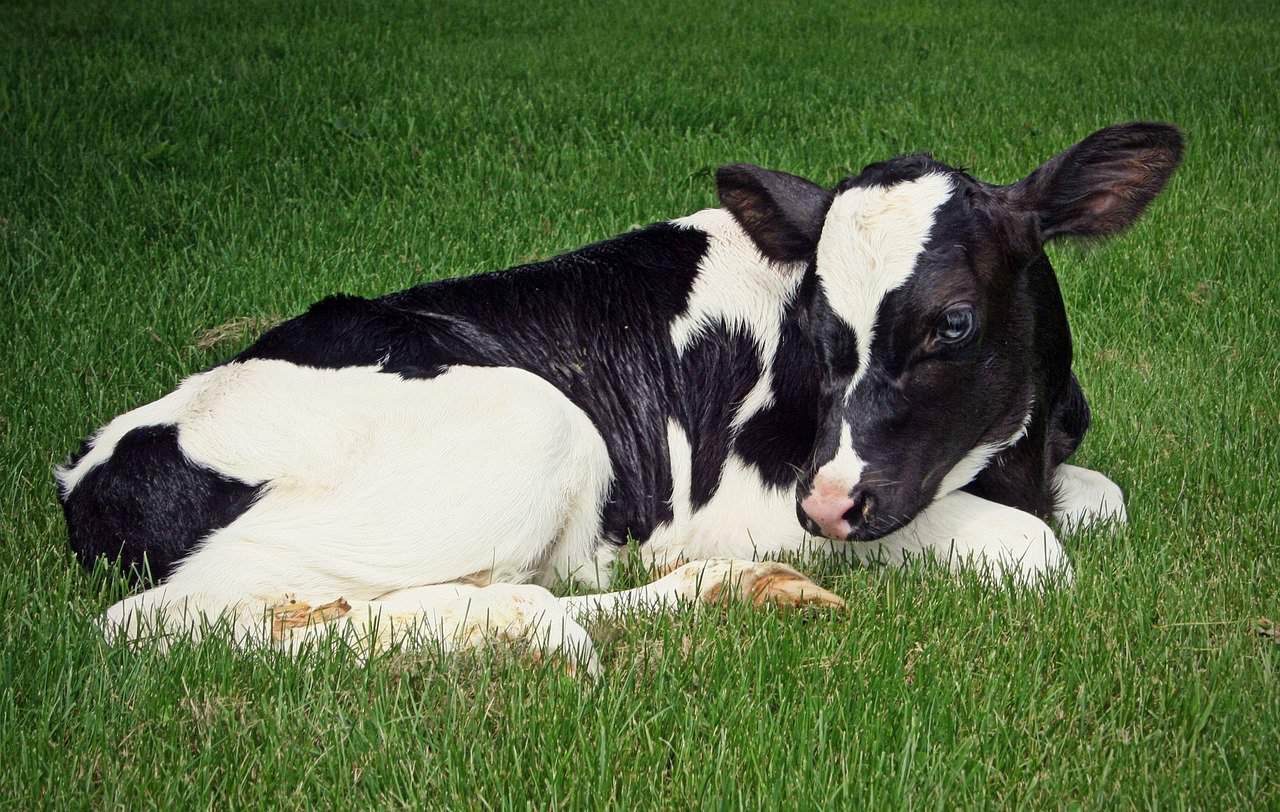
But, it is preferred to have your Holstein female calves from 24 to 27 months of age or so. Their gestation lasts around nine months or so.
Your Holstein cow can live as long as a decade in some cases, but for the most part they stop being productive as soon as they get to be six years old or so.
Back in 1987, a series of tests were conducted to see just how much milk Holstein cows could produce. The results were quite outstanding, with an average of 17,408lbs of milk, 632lbs of butterfat and 550lbs of protein per year.
That in itself makes this one of the best choices out there if you’re primarily looking for a good dairy cow breed.
But that’s not all, as polled cows are all the rage nowadays too. This will work in your favor as the Holstein breed is a naturally polled cattle breed.
Holstein Cattle Statistics
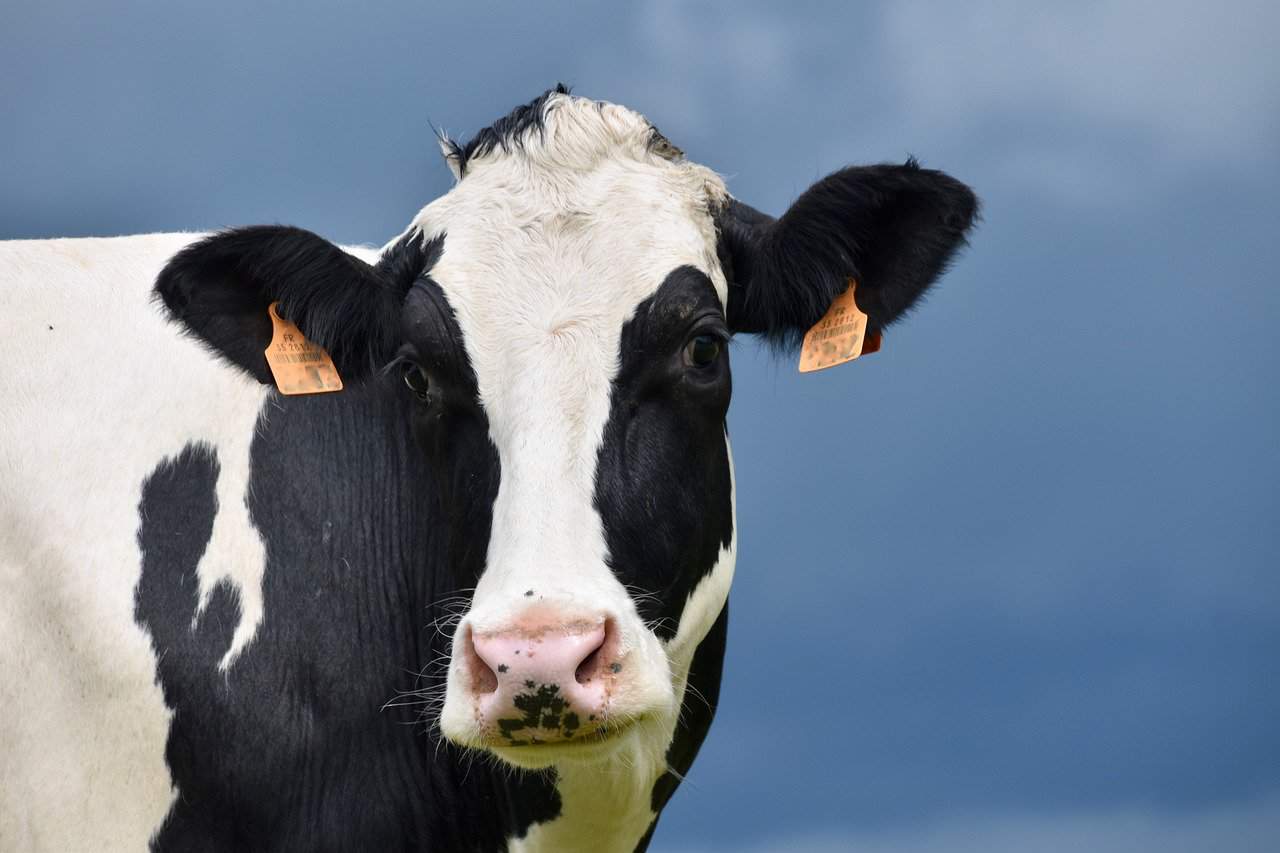
The Holstein Friesian cattle breed is known for having the highest milk production in the world right now. They are simply put the absolute best choice you could go for if you are specifically looking for a good dairy cow.
The reason why they are so capable is because they have been genetically altered to have no biological ceiling, and as such it is believed that genetic improvements of 1 to 2 percent per year may very well be possible as we speak.
Not only that but they also tend to adapt to their surroundings. You can keep them in the stables all of their life, but they do actually prefer to go out grazing on their own.
When it comes to the grazing itself, you can either keep them on grassland or you can offer the bi-annual grazing opportunities.
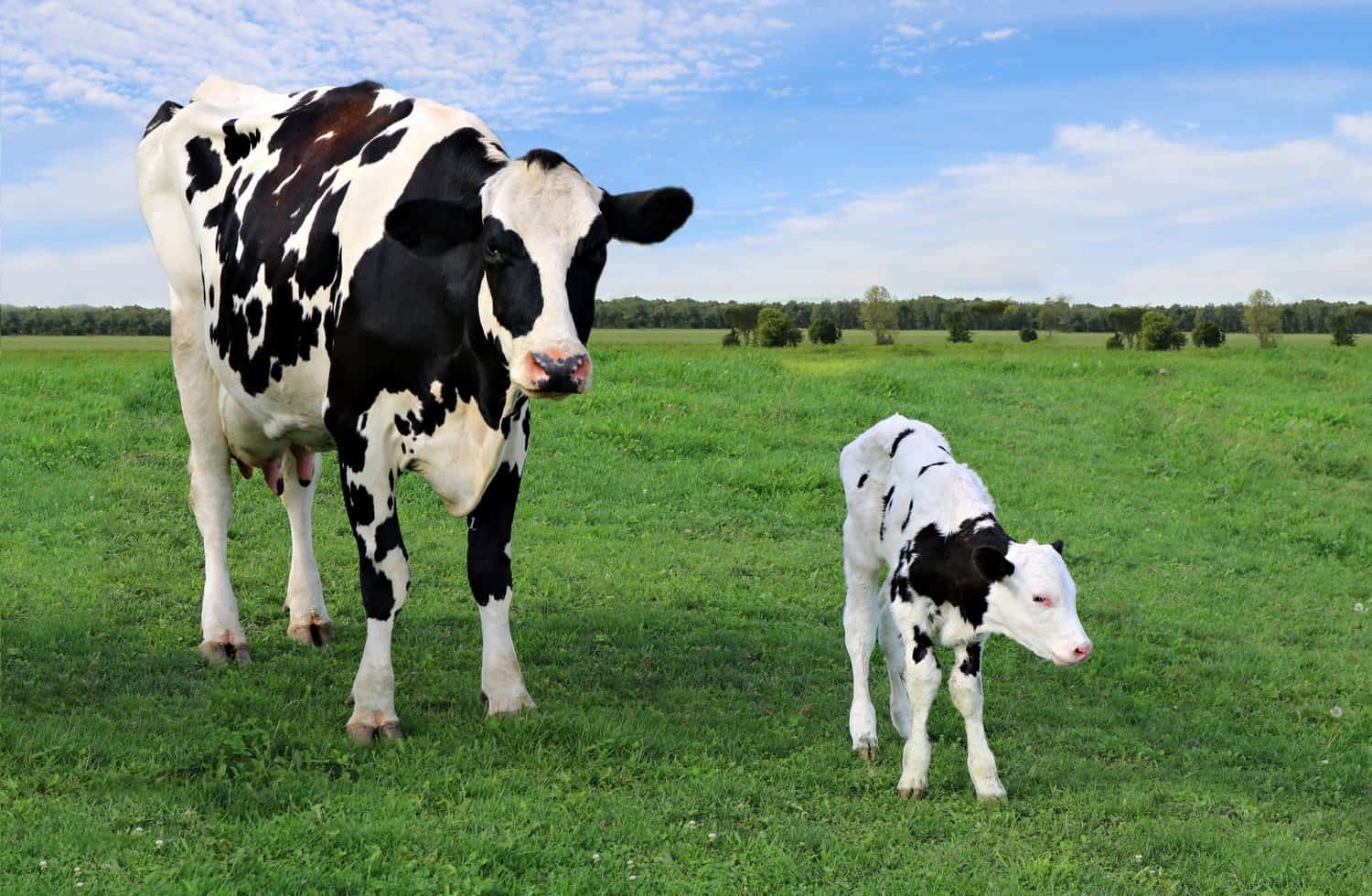
On top of that they also don’t care about whether they are being kept in high-lying or low-lying areas, they will simply adapt to their surroundings.
At the same time, you don’t need to invest all that much into them. In fact, they are perfect for low-cost farming systems as they don’t need too much to survive and they will give you plenty of milk for you to survive off of.
But, what makes the Holstein Friesian so great is that it can also serve as a great option for intensive farming. This means that you can get yourself a Holstein Friesian if you’re a complete beginner and you just want to have a little grazing buddy to take care of.
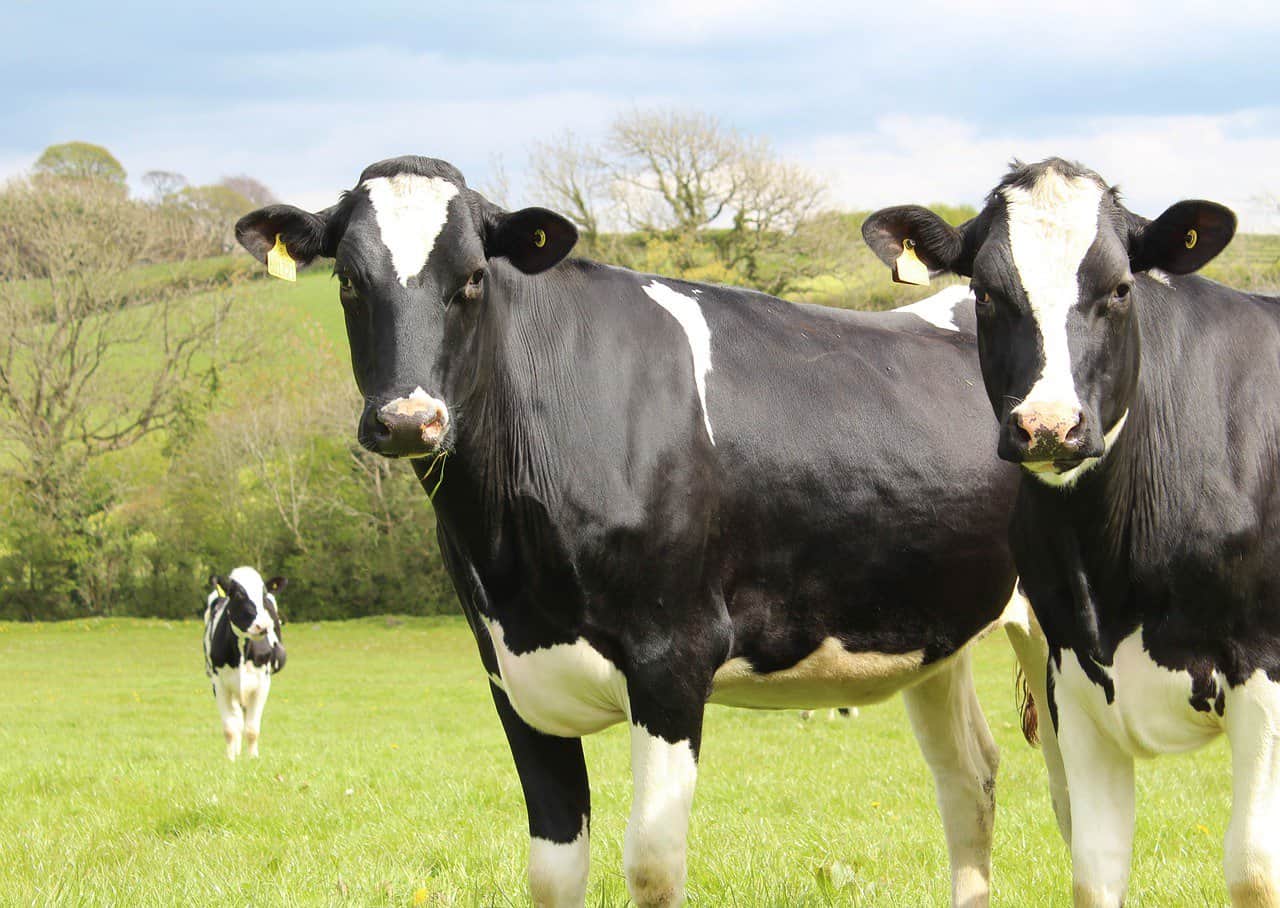
But at the same time if you have a pretty large and expensive to maintain farm you should still consider going for a Holstein or two.
Do keep in mind though that while they can adapt to a lot, they are not the most resistant creatures when it comes to heat and more specifically, the diseases that come from these warm areas.
While they will not necessarily pass away because of the heat, they will experience a reduced production capacity which is never fun to see.
If you want to completely fix this problem you can always just crossbreed the Holstein cow with a natural breed as that has been proven to lead to calves with a higher heat tolerance and higher production figures.
This will not be the case for crossbreeding with other cultural breeds as the calves here will be far inferior in terms of their production figures.
Holstein Cattle Care Guide
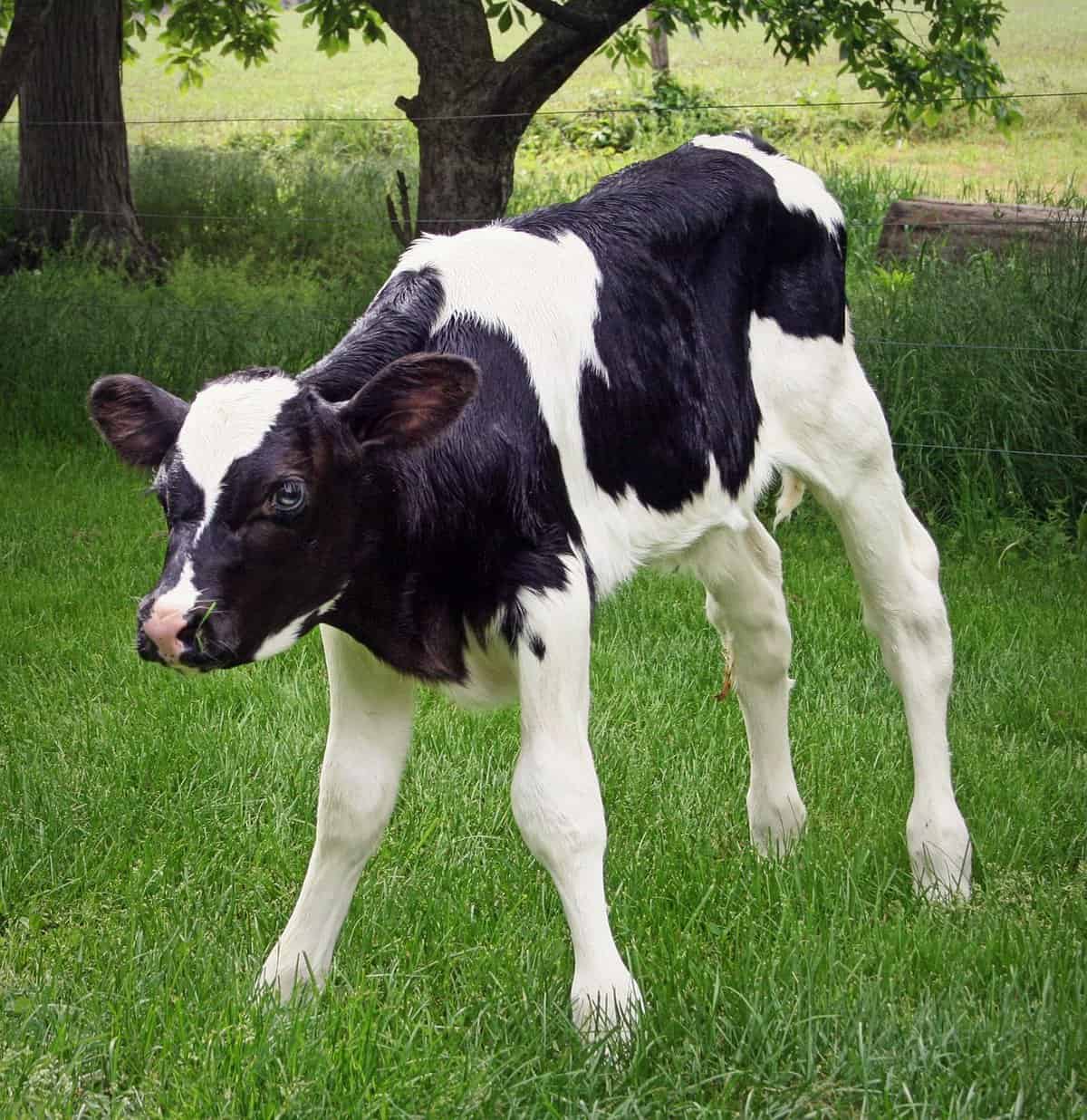
Taking care of Holstein Friesian cows is actually a lot easier than you’d think. That’s because they are generally very docile creatures that don’t get easily riled up.
This makes them a great option for beginners as they can be stabled without any problems, and on top of that they tend to be easy to train so you won’t have to worry about them breaking out of their stable anytime soon.
Interestingly enough, the Holstein Friesian cows are also known for being very resistant to stress, so even when pushed around or forced to move from place to place they tend to keep their composure and do as they’re told.
Holsteins also exhibit a herd mentality and as such it is recommended that you keep them in groups as opposed to only owning one of them at a time.
If you do end up disregarding this and keeping them in solidarity, you will soon see that the cow’s production will greatly decrease and they will end up depressed.
Holstein Meat Production
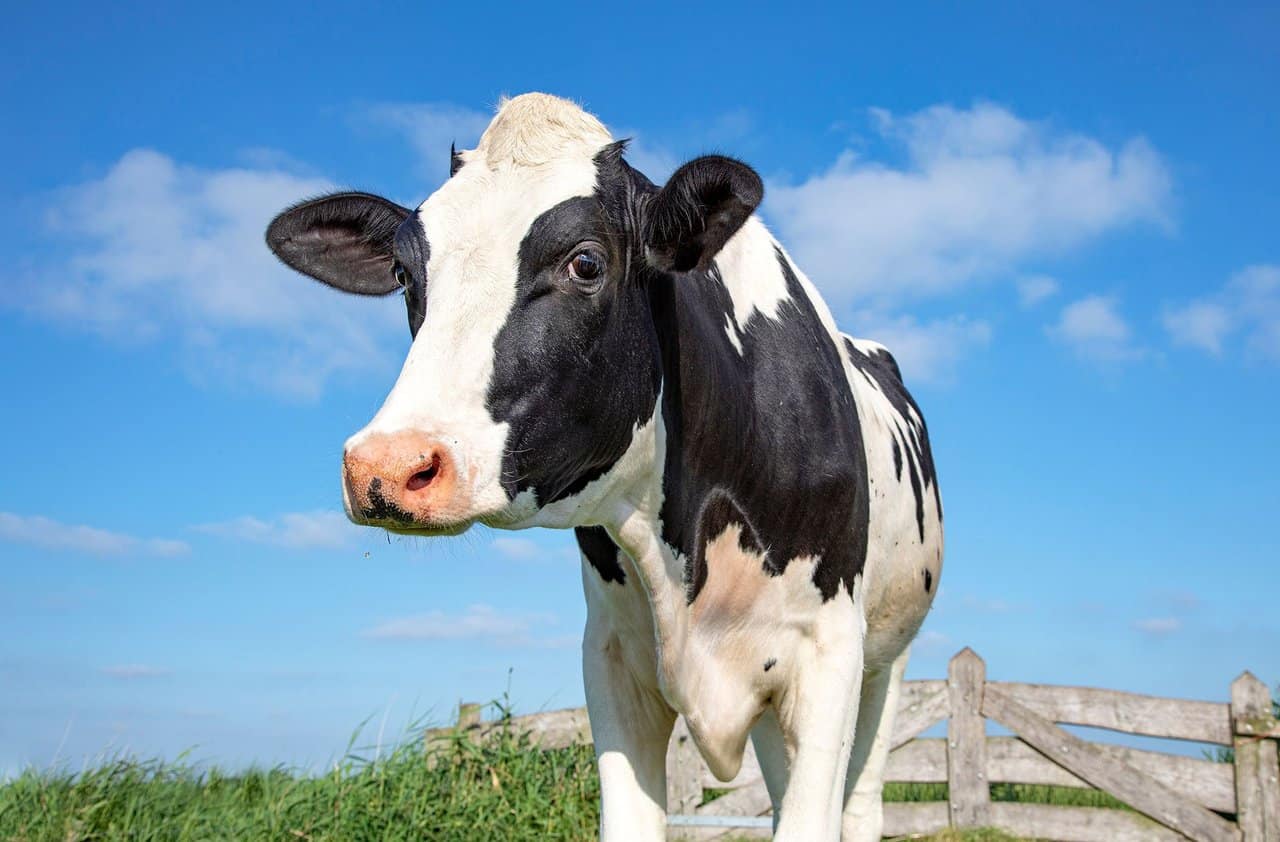
While meat production isn’t the first thing that you usually think of whenever you picture the beautiful Holstein breed, it is still a bonus reason to invest into it.
In fact, this breed does contribute a lot to the meat supply worldwide, which is mostly due to its meat having a high percentage of fat and fine fiber.
In order to actually be properly sold on the meat market though, Holsteins do need to be crossbred with beef breeds as this will largely increase the quality of their product.
Why You Should Buy and Raise Holstein Friesian Cattle?
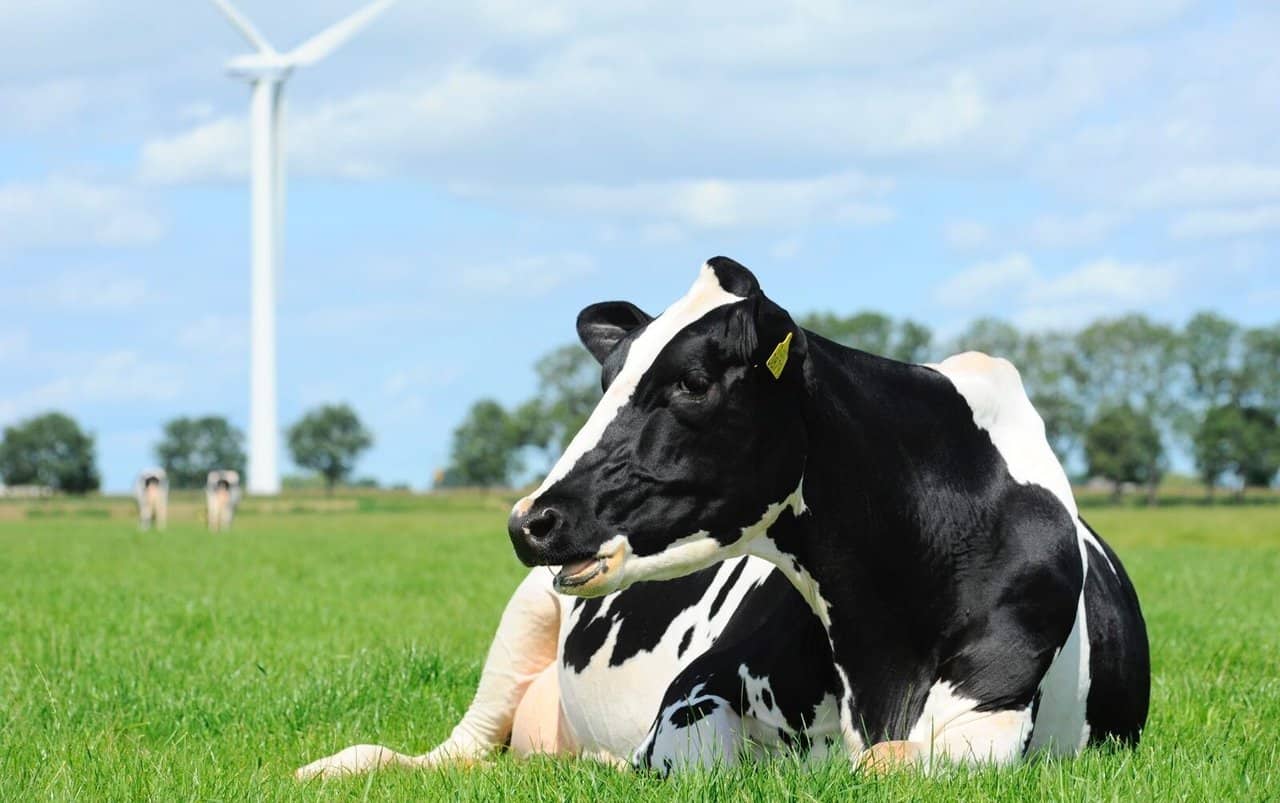
Even though we did mention time and time again that they are the absolute best milk producers out there, we would still like to bring it up again as it is the main selling point of the breed.
With that being said, Holstein Friesian cows can be milked twice a day for up to six years in total, yearning up to 67,914lbs of milk every single year.
This makes it a very excellent choice if you want to feed your family or better yet, if you want a side hustle that will continuously earn you money over the next couple of years.
Not only that but just in general, it is believed that the income you will be making off of owning a couple of Holstein Friesian cows is going to be much greater than the feed costs alone.
On top of that, Holstein Friesian cattle are known for being very adaptable, being capable of surviving through a wide range of environmental conditions with ease.
In fact, Holstein Friesian cows are so genetically superior to most every other cow breed out there that their embryos and semen have been frozen and exported to well over 50 countries by now.
They are used to improve upon different food supplies and dairy producer incomes all around the globe and are said to be the most surefire way to increase your production as a farm owner.
Why You Shouldn’t Buy and Raise Holstein Friesian Cattle?
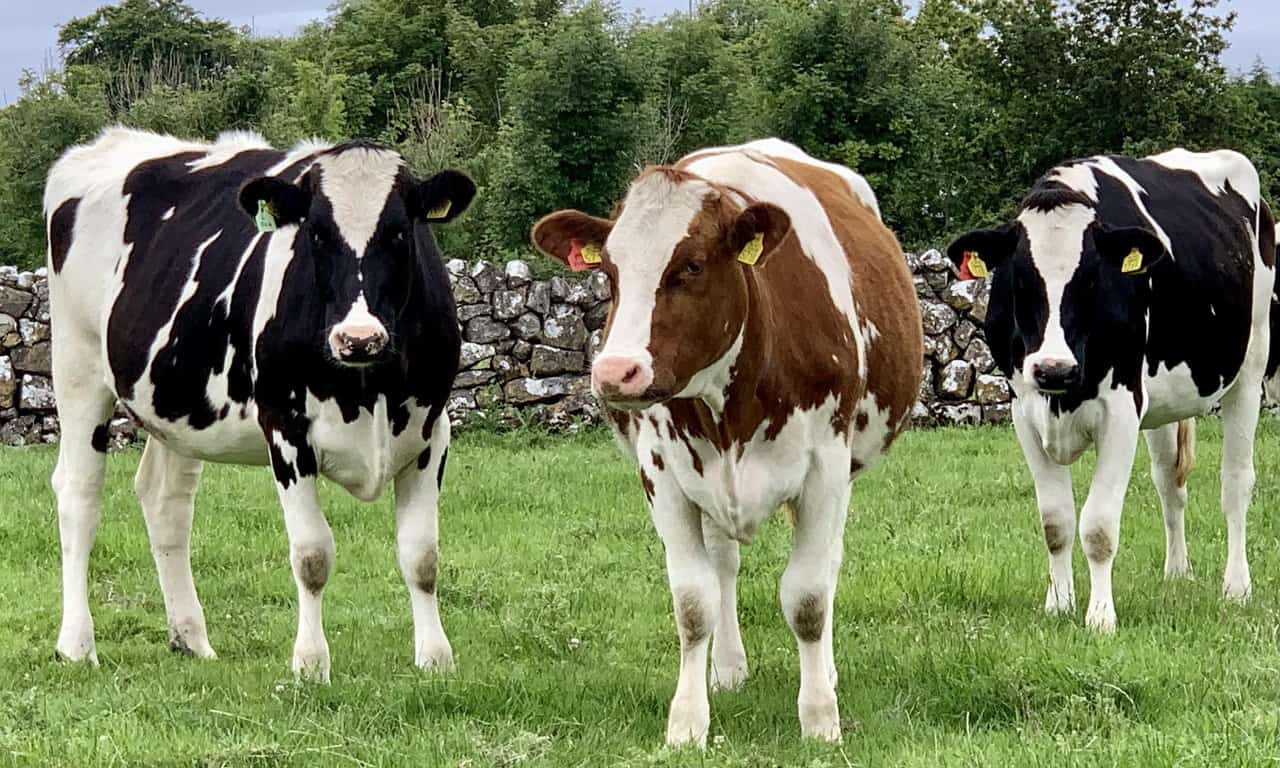
With all of that being said, you most likely believe that Holstein Friesian cows are perfect by every meaning of the word, but you’d be mistaken.
While they are very cost efficient and they do yield a lot of milk, there are also more than a handful of disadvantages you need to consider before investing into a Holstein Friesian cow.
For example, they have been known to have fertility problems every now and then. On top of that, they also are susceptible to Brachyspina, a single gene recessive trait that can cause embryonic death, stillbirth and a whole slew of physical deformities.
The calves that suffer from Brachyspina tend to have a shortened spinal cord, long legs and abnormal organs.
It is said that around 6% or so of all Holstein cattle carry this gene, which may not sound like a lot until you realize just how many Holstein cattle there are out there in the first place.
Other than that, they also do have short productive life spans, as they can only really serve you for up to six years in total.
This may sound like a great deal to you if you just want a few cows around your farmhouse, but if you are planning on starting a business, it is anything but fun to have to raise new cows every six years just to make up for the losses so far.
Another disadvantage is the fact that they have less cream in their milk. This does come down to personal preference but it is still worth noting. They also have less butterfat content at that too.
Holstein Friesian cows are also known for being highly resistant to cold temperatures and susceptible to heat. This means that while they can adapt to both, a hot climate will decrease their production by quite a lot.
Alternative Cow Breeds
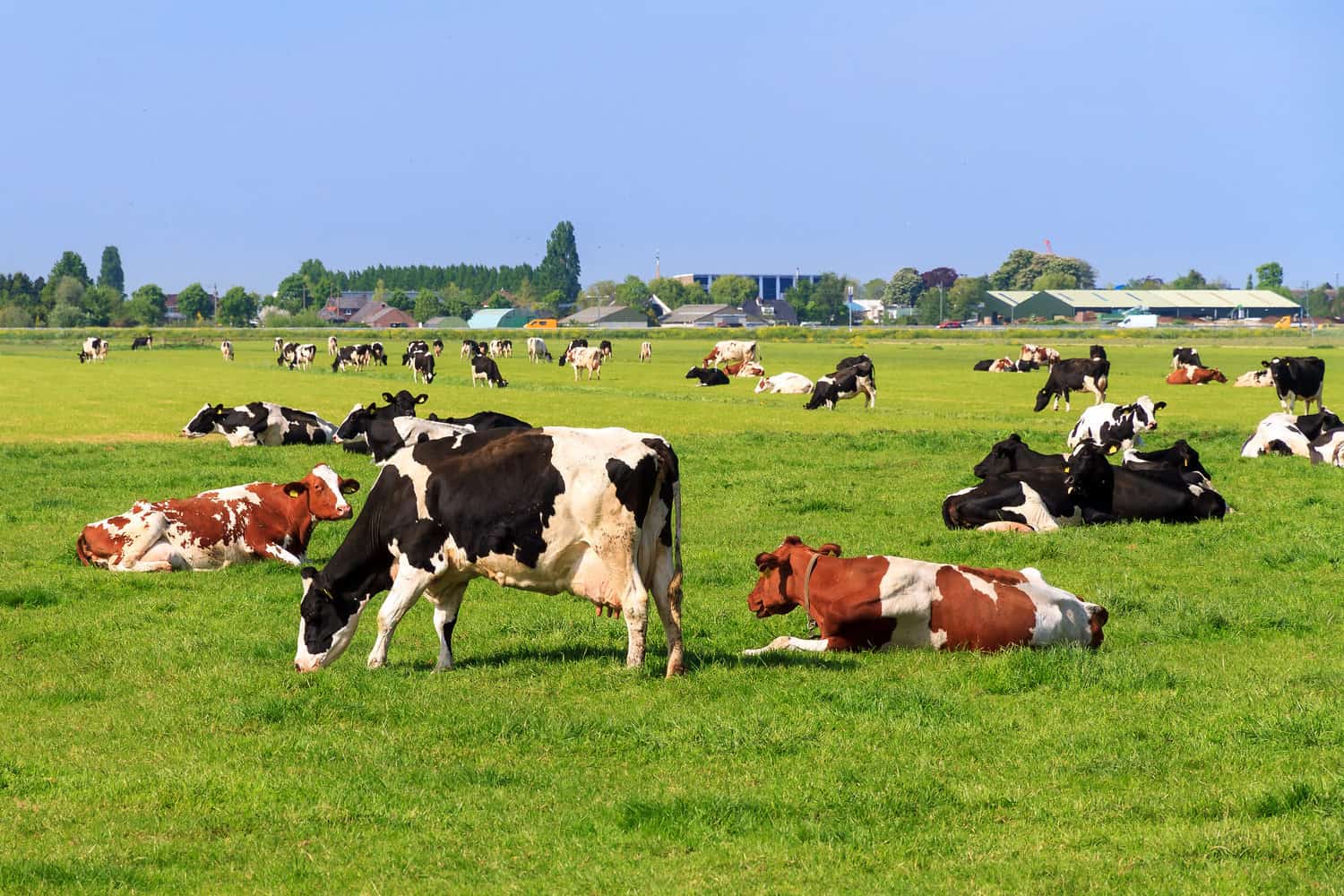
If you still want to get your hands on a good cattle breed but you’re not exactly thrilled by the idea of owning a Holstein Friesian cow then you may want to consider going for an alternative such as the Jersey cow breed.
Jersey cows may produce a lot less milk than the Holsteins, but it does have a heavier cream and it does tend to be richer in butterfat content.
They don’t have the fertility problems that Holstein cows have and on top of that their milk also has 25% more calcium than the Holstein’s.
They don’t give birth to as many calves and they don’t grow up to be as heavy as them, but they do have less genetic defects on average than the Holsteins.
The Jersey cow’s meat is a bit less valuable than that of the Holstein cow’s, but it can still make a decent profit on the market.
Conclusion
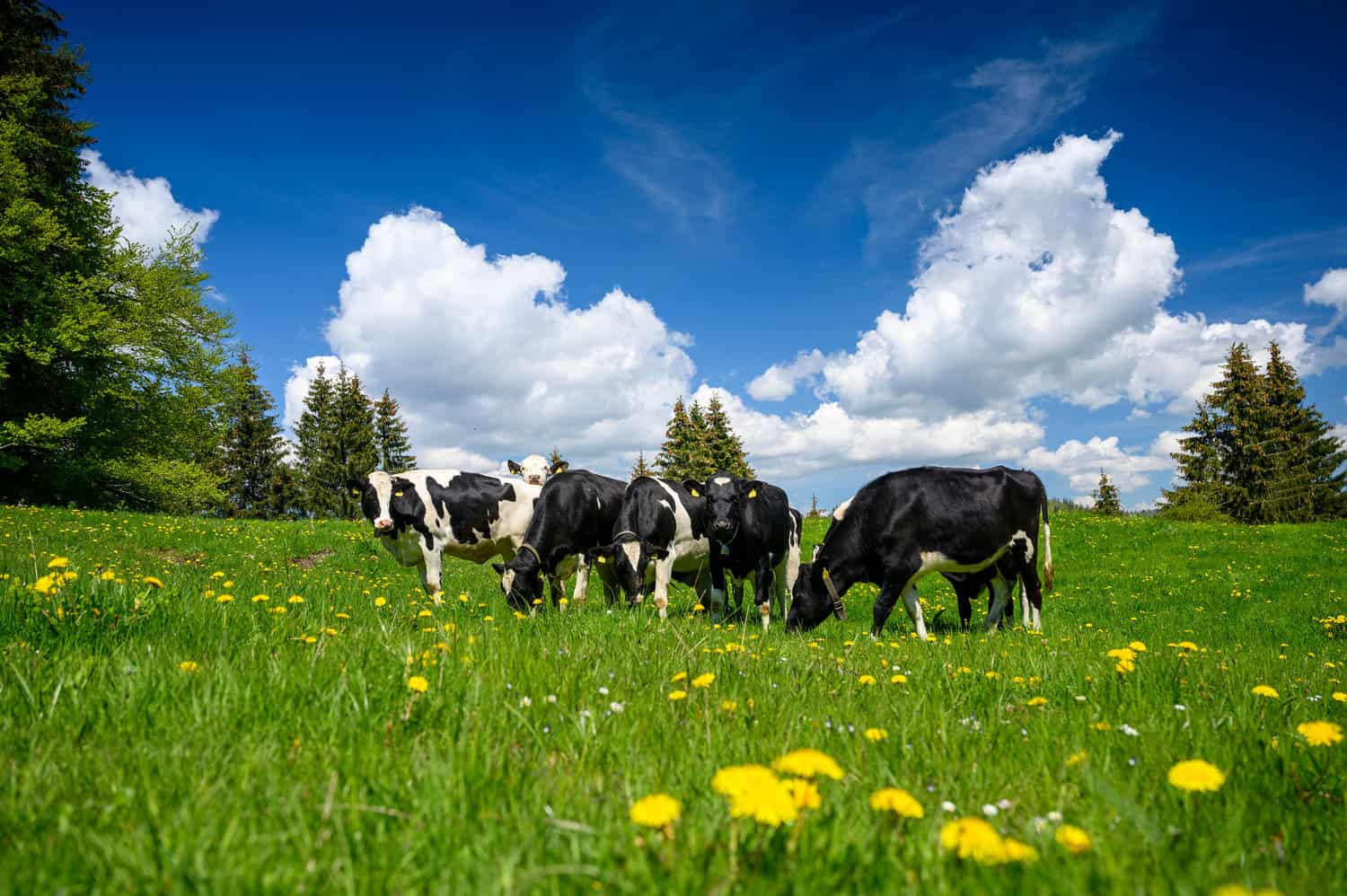
The Holstein Friesian cow breed is by far one of the most iconic cow breeds in the world right now. They are showcased everywhere and for good reason too.
They are adorable, they’re very useful and on top of that they can easily lead to a hefty profit even if you don’t have the room to buy more than two of them at a time.
They tend to stop being productive after six years, but luckily their meat still fetches a nice profit off of the market. So, the choice is yours, do you want to invest in it or would you rather go for an alternative option such as the Jersey cow breed?
Regardless of what you choose to do with your money, we hope that this article was helpful enough for you and we wish you good luck ahead.

